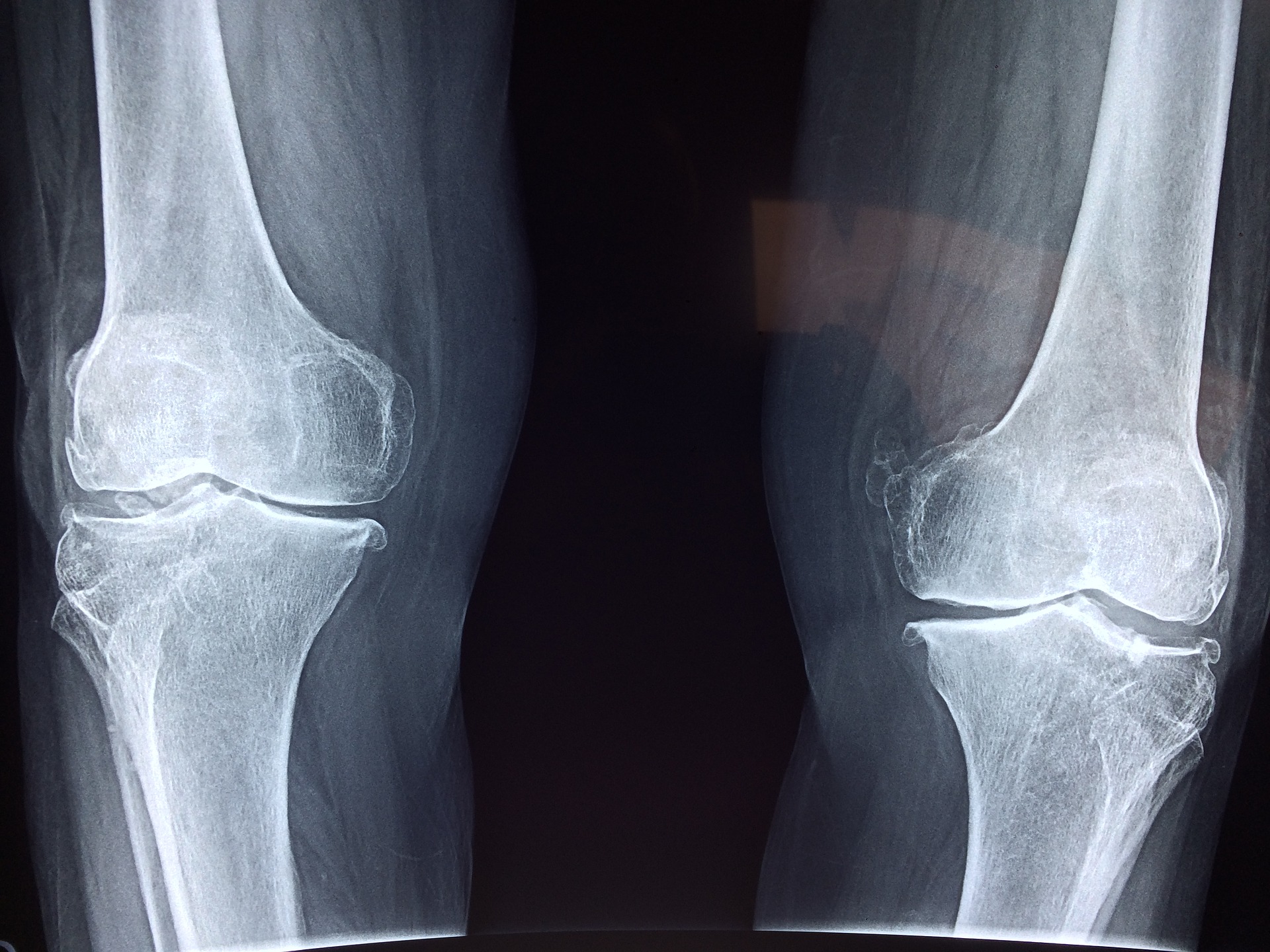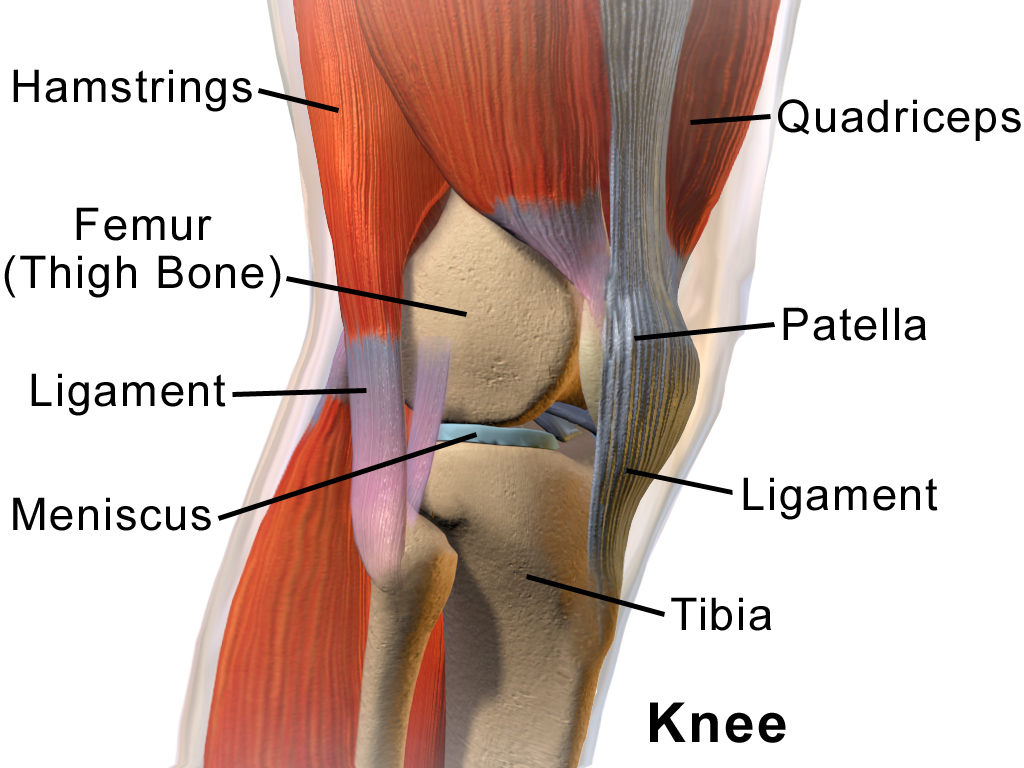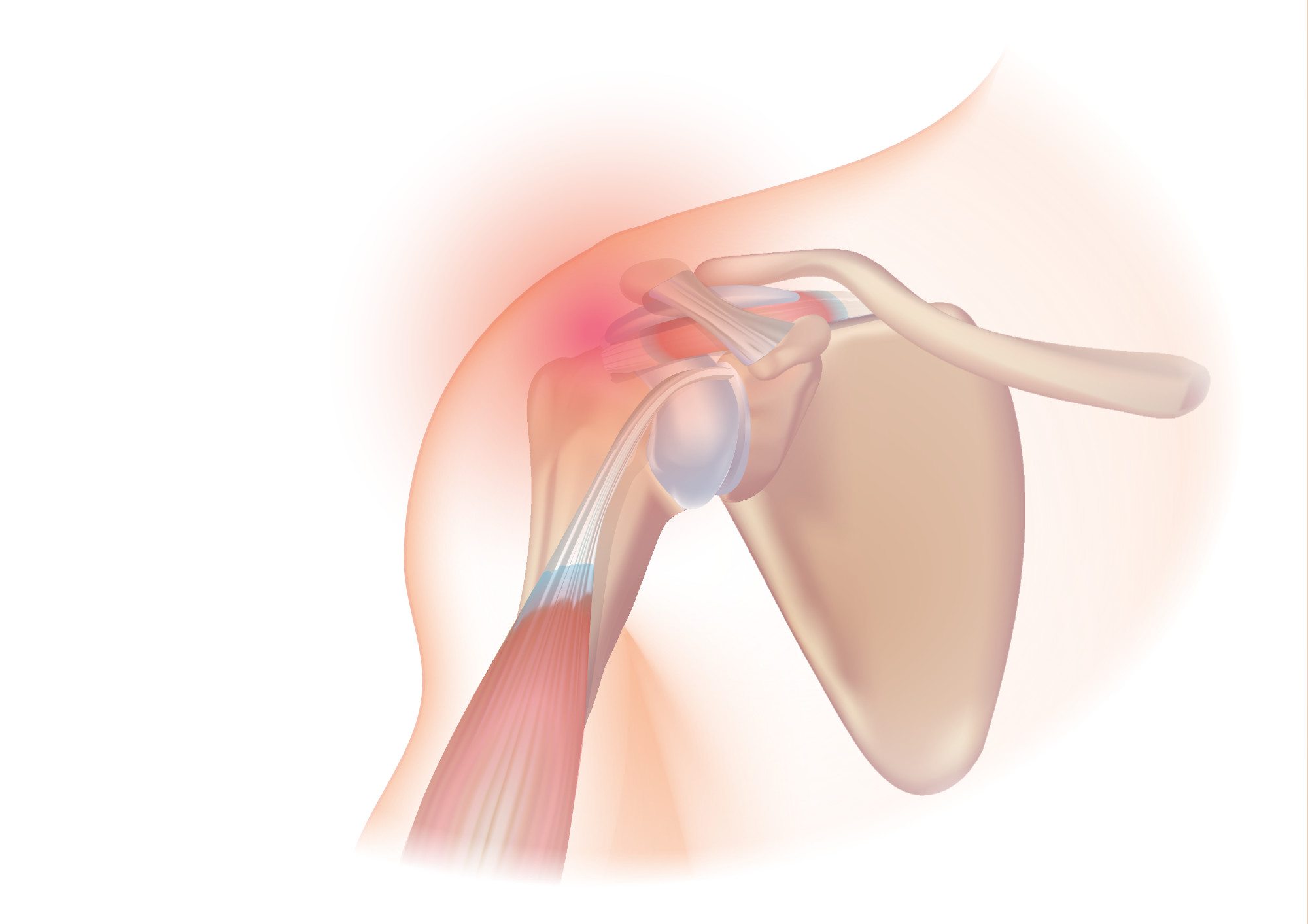The Effect of Prehabilitation Exercise on Strength and Functioning after Total Knee Arthroplasty in Patients with Osteoarthritis
Posted on 17th May 2018 by Adam Dunlop

This blog is a critical appraisal of the following randomized controlled trial: The effect of prehabilitation exercise on strength and functioning after total knee arthroplasty
Background
Total Knee Arthroplasty (TKA), known as a total knee replacement, are widely performed and very common throughout the globe. In the UK alone there are around 70,000 TKA’s performed each year. Some of these TKA’s are due to inflammatory diseases but most commonly performed for Osteoarthritis (Arthritis Research UK, 2017). Given the popularity of this procedure there is a lack of evidence on pre-habilitation and if there are any benefits of such a program. (McKay, 2017)
The Study
The study was a randomized controlled trial (RCT) in which 54 community-dwelling patients, all scheduled for a unilateral TKA, were recruited from a single orthopaedic office. All patients were above 50 years old and were screened for exclusion criteria for engaging in moderate intensity exercise. The aim of the study was to determine the effects of prehabilitation training on strength and functioning post TKA.
The 54 participants were randomly allocated, 28 to the prehab group and 26 to the control group. The prehab group were asked to participate in at least 3 prehab sessions per week, one under the guidance of research personnel and the other two at home. The prehab group were taught how to conduct each intervention session focusing on resistance, flexibility and step training. This intervention consisted of a 5-minute warm up followed by 9 various lower limb resistance exercises then by a series of various step up exercises and was concluded with stretching and a 5-minute walk.
An outcome measure looking at knee pain using a visual analogue scale (VAS), functional ability, quadriceps strength and strength asymmetry where measured at baseline, 1 week pre and 1 and 3 months post-surgery. The participants where all asked to perform walking distance in 6 minutes, transferring from bed to sitting, negotiating stairs and going from sitting to standing (STS) as many times as they could in 30 seconds.
Results
One week pre surgery the prehab group had significantly increased their STS task whilst the control reported no change in performance and increased pain. At 1 month post-surgery the prehab group still only maintained improved performance in STS tasks whilst the control group had a decrease in 6 minute walking, pain and surgical leg strength and had increased strength asymmetry and non-surgical leg strength. Finally at 3 months post-surgery, the prehab group increased on 3 of the 4 functional tasks, decreased pain and increased strength in both legs whilst the control improved on 2 of the 4 functional tasks, decreased pain but exhibited greater leg length asymmetry.
Pros and Cons
In order to appropriately evaluate the research, understanding-health-research.org will be used as a guideline. Firstly looking at the sample size, there are positive and negatives. The researchers clearly justified the sample size and the recruitment process was to minimise the potential effects of varying surgical techniques and the pre/post-surgical staff and care protocols. However, as mentioned in the study this limits external validity and decreases clinical significance.
The study is a RCT but there is no mention of how the patients were randomly assigned which offers no information to support attempts to eliminate bias. In order to increase internal validity the study mentions that the care staff and health professionals were blinded but again no mention of how this was performed or ensured. The patients themselves were not blinded which possibly means positive expectations of the prehab group may have encouraged participants in the control group to carry out their own exercise (Lewis, 2017).
Throughout the study there was no mention or monitoring of pain medication or how pain was measured, specifically sub-group analysis for male and female participants. This is particularly relevant as pain is said to be more intense in females than males. (Stanford medicine, 2012). Due to possible complications, patient’s pain medication is temporarily stopped before surgery which may have affected the results of the prehab intervention.
One major confounding factor that was noticed during the study was there was no set amount of prehab exercise sessions, these varied from 4 – 23 sessions with only one per week under supervision. Inconsistencies between the prehab training and measuring of functional ability may have affected the results by the change in open/closed chain movements, squat exercises being closed whilst the assessment of quadriceps strength being open chain.
The most significant finding was the improvement of STS in the prehab group. Although this could be down to the similarities the functional task has to the squat exercise done throughout the pre-rehabilitation. This can be supported by the theory of specificity training (LIVESTRONG.COM, 2018).
Conclusion
The study itself supports its original hypothesis but due to several limitations it is unable to have any real clinical significance. Participants not being blinded, number/intensity of prehab sessions, unmonitored consumption of pain medication and the sample size all need to be considered in further studies, along with a longer period of time in order to determine any significant effects and if it is applicable to the wider population.
References
Arthritis Research UK (2017) Knee replacement surgery. [online] Available at: https://www.arthritisresearchuk.org/arthritis-information/surgery/knee-replacement.aspx [Accessed 13 Dec. 2017].
Lewis S, Warlow CP (2017) How to spot bias and other potential problems in randomised controlled trials. [online] BMJ. Available at: http://jnnp.bmj.com/content/75/2/181 [Accessed 13 Dec. 2017].
LIVESTRONG.COM (2018). What Is Specificity in Exercise? [online] Available at: https://www.livestrong.com/article/548564-what-is-specificity-in-exercise/ [Accessed 3 Jan. 2018].
McKay, C. (2017) Prehabilitation for TKA: Preop and postop benefits. [online] Lower Extremity Review Magazine. Available at: http://lermagazine.com/article/prehabilitation-for-tka-preop-and-postop-benefits [Accessed 13 Dec. 2017].
STANFORD MEDICINE.,( 2012) Women report feeling Pain more Intensely than Men, says study of electronic records [online]. [Viewed 05 January 2018]. Available from: https://med.stanford.edu/news/all-news/2012/01/women-report-feeling-pain-more-intensely-than-men-says-study-of-electronic-records.html
Topp R, Swank AM, Quesada PM, Nyland J, Malkani A (2009). The effect of prehabilitation exercise on strength and functioning after total knee arthroplasty [online] PM R. August;1(8):729-35. Available from: https://www.ncbi.nlm.nih.gov/pubmed/19695525



